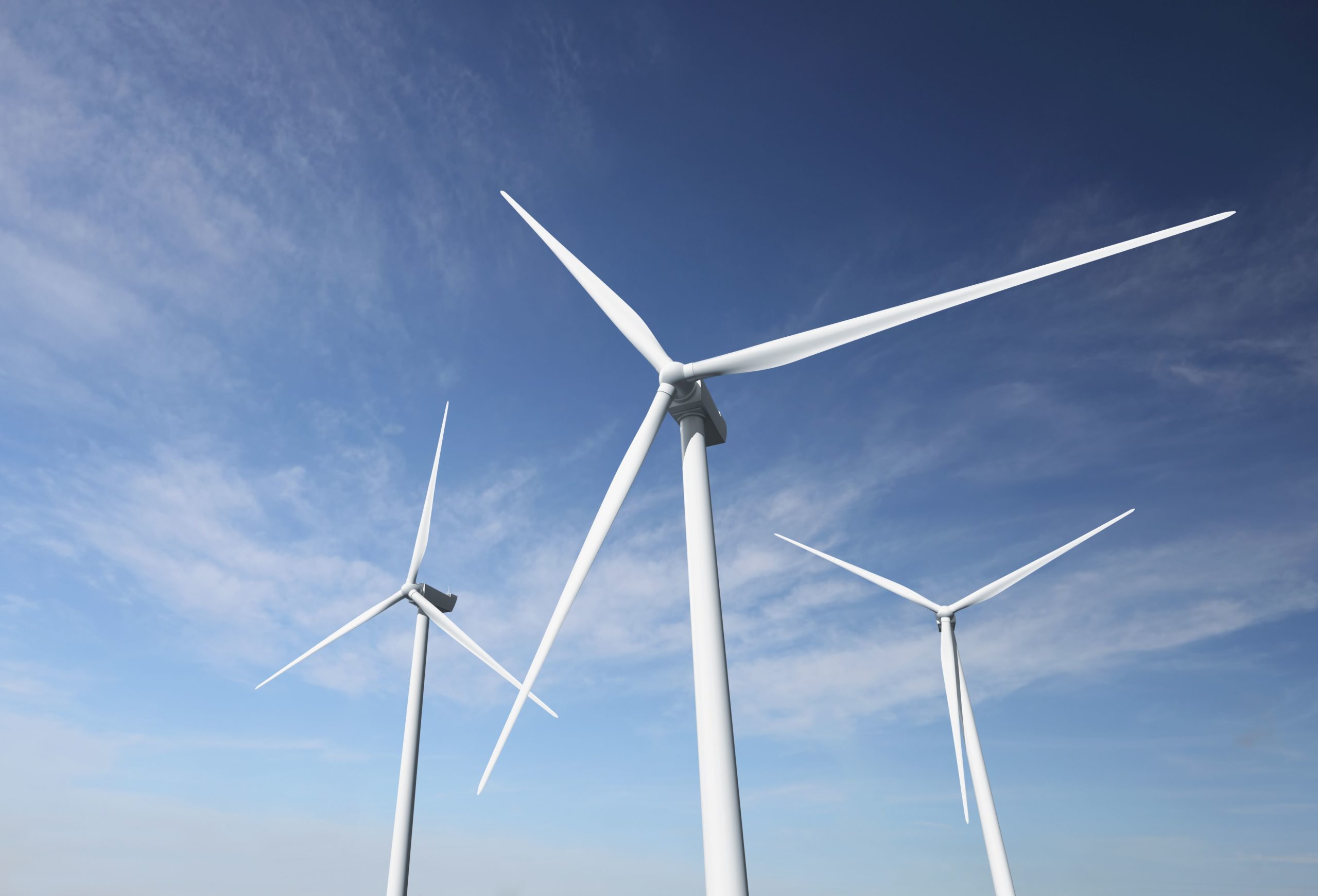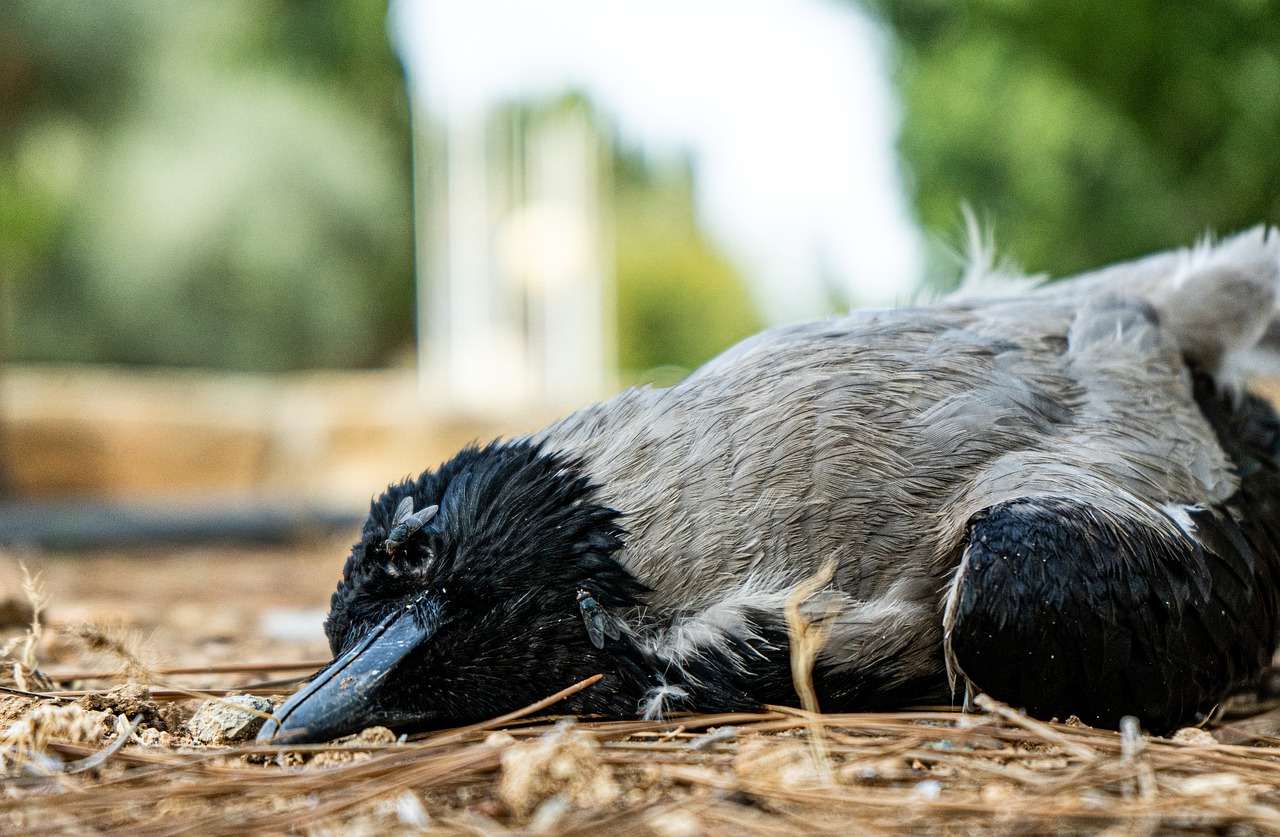A Pennsylvania Commission Banned Wind Energy. Here’s Why

This month, the Pennsylvania Game Commission (PGC) voted unanimously to ban wind turbines on the 1.5 million acres it controls. Fully five percent of the Commonwealth’s land is managed by the PGC, yet no commercial wind project had ever been approved.
There has been no development in spite of the fact that the land’s many ridge tops are considered highly attractive for windmills. A 2017 comprehensive report by Saint Francis University identified nearly 180,000 acres of State Game Lands (SGLs) that could support utility-scale wind projects. The area represents 17 percent of the state’s entire developable wind acreage.
Since 2005, 19 Game Lands had been included in wind-development proposals — some multiple times. All were denied and found to have “a high probability of adversely impacting wildlife resources and the recreational uses associated with SGLs.” The PGC found the proposals “incompatible with its mandates under the Code to protect, propagate, manage and preserve the game and wildlife of the Commonwealth and promote recreational opportunities.”
Development of the Game Lands would have been a major contribution to meeting the state’s Alternative Energy Portfolio Standard, which requires that utilities generate at least 18 percent of their electricity from sources such as wind. So why did the Commission ban wind projects from state lands? Surely, there must be compelling arguments backing up the six-member Commission’s unanimously imposed ban. It turns out that there are.

The PGC’s mission includes “managing Pennsylvania’s wild birds” and protecting these species is a top priority for the agency. It is well documented that windmills kill migratory birds that utilize the high mountain ridges in their transit from south to north and back again every year. High on the list of the species is the endangered Indiana bat whose deaths may be compounded by changes in air pressure produced by swiftly moving blades. Dangers to the threatened Allegheny Wood Rat and Timber Rattler were additional reasons for previous permit denials.
Winter ice thrown from blades — not an uncommon event — poses danger to humans and wildlife alike, as do blades thrown in cases of more rare malfunctions. While windmills appear to move slowly, speeds can reach nearly 200 mph and throw objects long distances.
High voltage equipment and other infrastructure present significant risks to the public. With more than 40 various hunting seasons in the Keystone State, exclusionary boundaries around each turbine would severely limit the public’s access for one of the primary uses of the Game Lands.
Additional negative effects have been cited by the Commission in denying previous requests including 11 different negative impacts from just one proposal for Game Land no. 42. Aesthetic concerns emanate from the despoiling of otherwise grand vistas and appear to have contributed to the Commission’s decision. “I hate looking across the mountain and looking at all those windmills, and the footprint is huge,” complained Commissioner Tim Layton.
Commissioner Peter Sussenback stated that in order to overcome the Commission’s reservations about wind development a company would need to show “that you are not destroying a habitat, a windmill is not going to cause an impact to birds and mammals.” He concluded, “I don’t know that you really can.”
In stark contrast to their opposition to wind energy, the Commission appears to have embraced natural gas development on their properties. There are currently nearly 3,000 oil and gas wells on the game lands, including five properties which are host to active drilling rigs targeting the prolific Marcellus Shale. Approval of drilling proposals likely is related to the relatively small footprint of operations owing to horizontal drilling techniques along with benefits of improvement of the habitat for wildlife.
In any case, we seem to hear only the good news about wind energy. Revelations of its potential harm by the Game Commission should provide a warning to those who might otherwise embrace this technology without knowing its true environmental impact.
This was first published at the Daily Caller on 5/24/18
